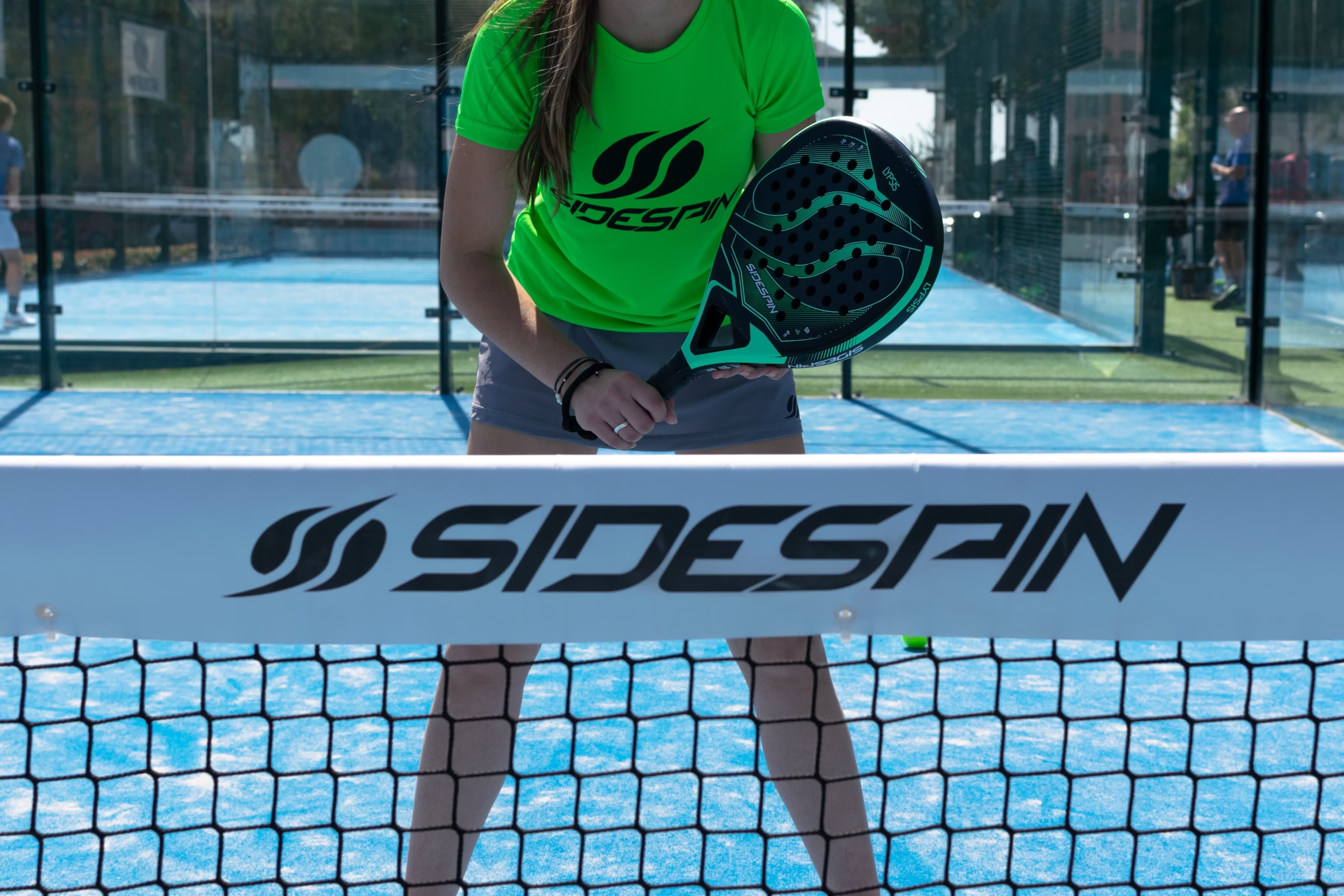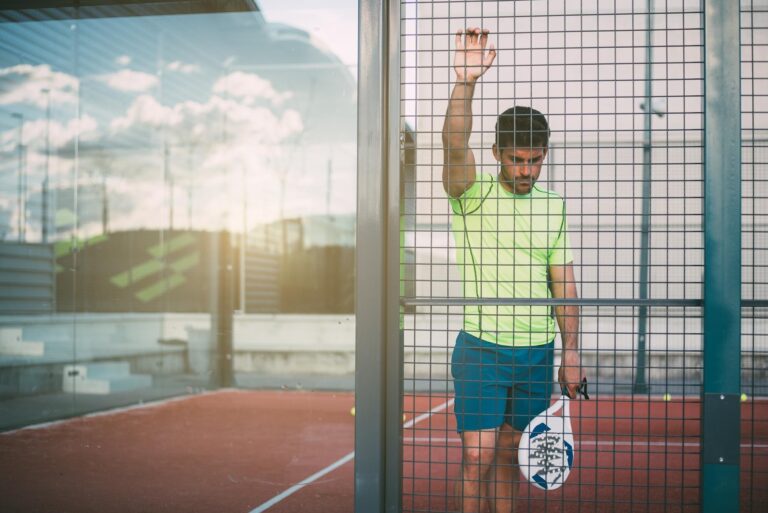Paddle (or padel) is a fast-growing sport that combines elements of tennis and squash, played on an enclosed court with walls that are part of the game. It’s fun, social, and easy to learn, making it perfect for beginners. In this guide, we’ll break down the basics to help you get started.
1. Understanding the Basics of Paddle
- Court Size & Layout: A paddle court is smaller than a tennis court, measuring 10m x 20m, with glass walls and mesh fencing.
- Scoring System: Paddle uses the same scoring system as tennis (15, 30, 40, game) with best-of-three or best-of-five sets.
- The Serve: Underhand serves are mandatory, with the ball bouncing once before being struck below waist height.
- The Ball & Racket: The ball is similar to a tennis ball but slightly less pressurized, and the paddle racket is solid with holes, unlike a tennis racket.
2. Basic Rules of Paddle
- Serves must be diagonal and land in the opponent’s service box.
- The ball must bounce once before hitting the wall but can be played off walls after bouncing.
- Double bounces lose points, and volleys are allowed except on the serve.
- The ball can go out of the court but can still be played if a player retrieves it legally.
3. Key Techniques for Beginners
- The Forehand and Backhand: Use a compact swing with a continental grip for control.
- The Serve: Keep it low and slow, aiming for consistency rather than power.
- The Volley: Stay close to the net and block the ball rather than swinging wildly.
- The Lob: A crucial defensive shot that can reset the point and push opponents back.
4. Positioning and Strategy
- Stay close to the net when attacking to control the point and put pressure on your opponents.
- Communicate with your partner, as paddle is always played in doubles.
- Use the walls effectively to extend rallies and make it harder for opponents to predict shots.
- Defend deep and aim for high-percentage shots rather than risky winners.
5. Common Mistakes to Avoid
- Overhitting: Power is not as important as accuracy and control.
- Ignoring wall bounces: Using the walls to return shots gives you more time and better positioning.
- Standing too far back: Positioning closer to the net increases your chances of winning points.
- Lack of communication: Work with your partner to avoid confusion and missed opportunities.
6. Equipment Recommendations
- Beginner-Friendly Padel Rackets: Look for lightweight, round-shaped rackets for better control.
- Comfortable Paddle Shoes: Opt for shoes with good grip to prevent slipping on the artificial grass.
- Proper Clothing: Wear breathable sportswear for comfort and mobility.
Final Thoughts
Paddle is an easy-to-learn, social sport that offers great exercise and fun competition. By mastering the basics, focusing on positioning, and playing regularly, you’ll quickly improve and enjoy the game even more. Grab a racket, hit the court, and start playing!
#1 Resource For Padel Guides, News and Reviews Daily Stay Ahead with Expert Insights, Product Reviews, and Guides.





